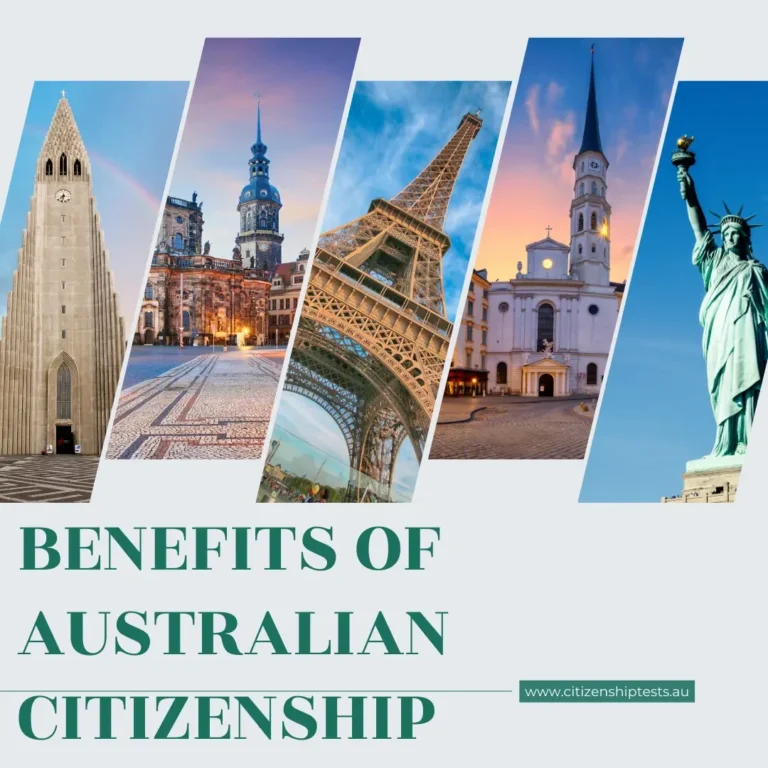LIFE IN THE UK CHAPTER TEST SERIES EXAM 4.11
Preparing for the Life in the UK Test is a crucial step for anyone seeking permanent residency or citizenship in the United Kingdom. Success in this exam requires a comprehensive understanding of British life, history, culture, and values. To enhance your preparation and increase your chances of passing, consider the following strategies:
The United Kingdom’s population is a dynamic and intricate mosaic, shaped by an array of historical, social, and economic factors. This exploration examines the key aspects of the UK population, focusing on its growth, distribution, diversity, and the evolving trends influencing its future.
Population Growth and Dynamics
Over recent decades, the UK’s population has steadily increased, influenced by natural population growth—reflected in the balance between births and deaths—and net migration. Although birth rates have experienced fluctuations, the overarching trend has been a gradual decline. Meanwhile, the rise in life expectancy has led to an aging population, posing significant challenges for healthcare, pensions, and other public services.
Migration has played a crucial role in the UK’s demographic expansion. The nation has welcomed a diverse range of immigrants, contributing to its multicultural fabric. However, the impact of migration has sparked extensive debate and political discourse.
Uneven Population Distribution
Population distribution across the UK is marked by significant regional disparities. England, the most populous country within the UK, houses the majority of the population, with London being the most densely populated city in both the UK and Europe. In contrast, Scotland, Wales, and Northern Ireland have smaller populations, with some rural areas experiencing decline. However, urban centers in these regions have seen population growth.
Growing Ethnic Diversity
The UK’s demographic landscape is becoming increasingly diverse. While the white British population remains the largest ethnic group, the number of individuals from ethnic minority backgrounds has risen markedly, driven by immigration and changes in census recording practices. London stands out as the most ethnically diverse city, with a vibrant mix of cultures and communities, a trend also evident in other urban areas across the UK.
Shifting Age Structure
The aging population of the UK is a notable demographic shift, attributable to declining fertility rates and longer life expectancy. The proportion of individuals aged 65 and over has increased substantially, impacting public services, particularly healthcare and pensions. This shift also affects the labor market, as a decreasing proportion of the population is in the workforce, posing challenges for economic growth and tax revenues.
Addressing Demographic Challenges and Opportunities
The evolving demographics of the UK present both challenges and opportunities. An aging population necessitates increased investment in healthcare and social care services, while the nation’s diverse demographic profile offers economic advantages through enhanced creativity, innovation, and cultural enrichment.
Policymakers face several key challenges, including addressing the housing crisis, ensuring equitable access to quality education, and fostering social cohesion. However, the UK’s diversity also provides opportunities for economic development and cultural enrichment, which can be harnessed for the benefit of the entire population.




